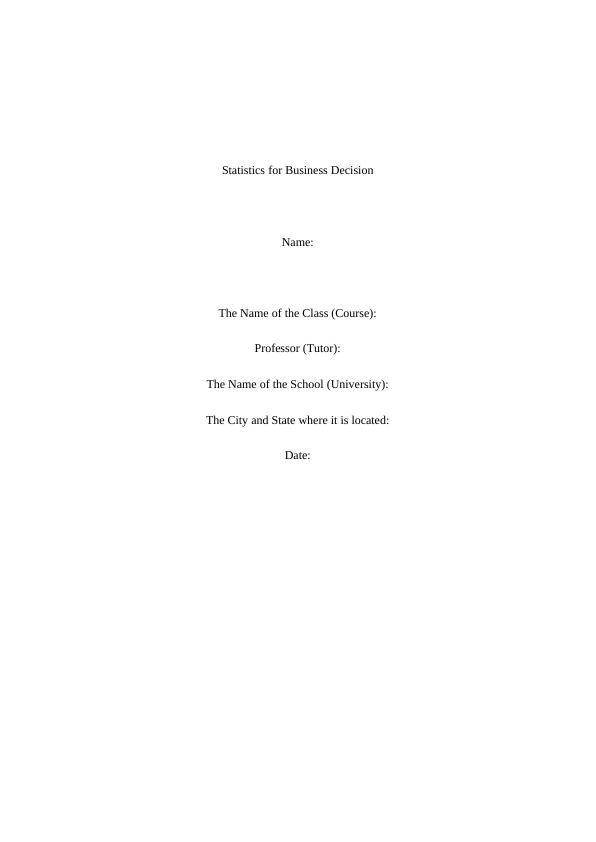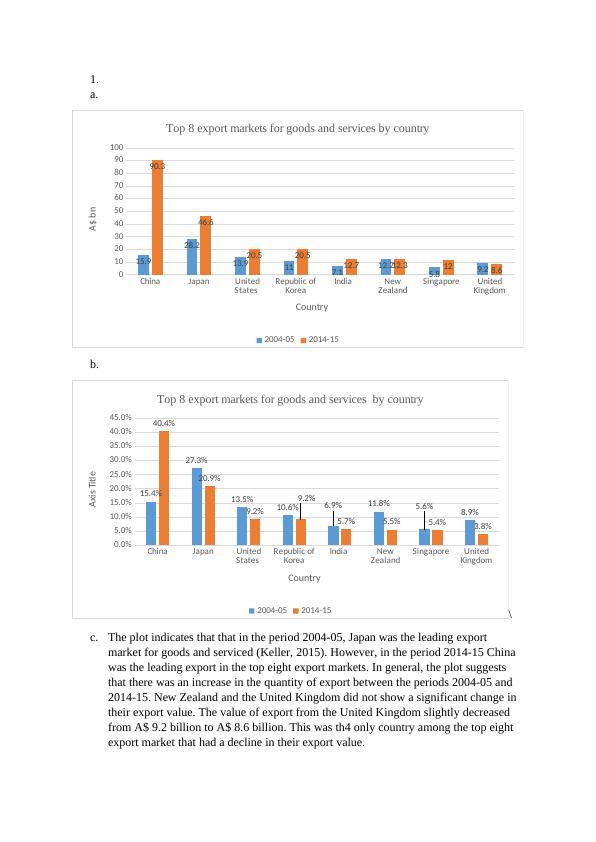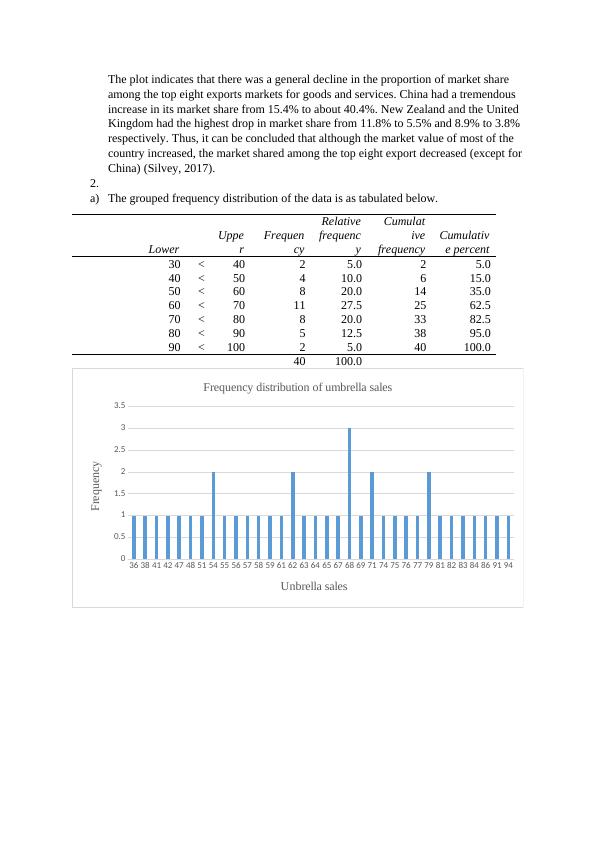Statistics for Business Decision
Added on 2023-04-03
7 Pages804 Words337 Views
End of preview
Want to access all the pages? Upload your documents or become a member.
Australia: Direction of Exports | Assignment
|12
|1638
|132
Analyzing Export Markets and Umbrella Sales
|12
|2452
|31
Methods for Business Decision Making
|11
|2087
|81
Statistics for Business Decisions PDF
|20
|3185
|81
Statistics and Research Methods for Business Decision Making
|11
|2612
|315
Assessment on Group Assignment 2022
|15
|3064
|17



